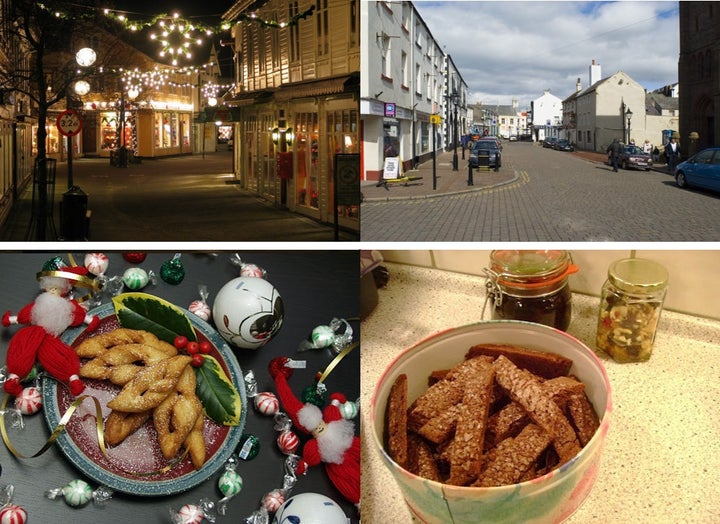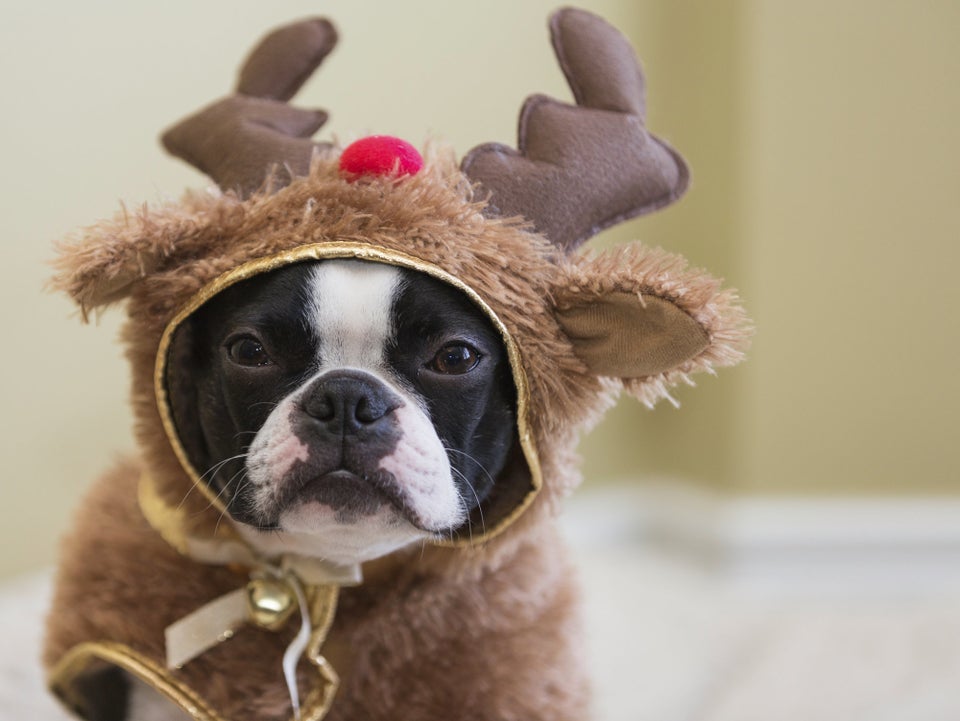
Ebenezer Scrooge’s long-held opposition to Christmas could actually have been a neurological issue.
Though he's a fictional character in what's essentially a long ghost story, Scrooge was the inspiration for a recent study conducted at the University of Copenhagen for the British Medical Journal’s annual off-beat Christmas issue. (In the past, the BMJ has explored -- with real science! -- such pressing research topics as why Rudolph has a red nose.)
After comparing the way the brains of people who celebrate Christmas "light up" when looking at Christmas imagery to the brains of people who don't celebrate Christmas, the Danish researchers suggest it's possible to identify what “Christmas cheer” looks like in the brain. This could one day lead to a cure for what they called the “bah humbug syndrome" that afflicts people who celebrate the holiday, but no longer feel cheer.
"Accurate localization of the Christmas spirit is a paramount first step in being able to help this group of patients," wrote senior author Bryan Haddock, a medical physicist.
But as silly as Haddock's tone is, there are at least two serious benefits to this study. One, Haddock points out, is that it's simply a fun and informative way to illustrate how fMRI scans work and what they can show us. But on a global scale, it could also open up research into how people of all cultures and religions feel about the traditions they celebrate.
Haddock writes in all seriousness that this research could be an “important first step” in neuroscience that explores our brain’s relationships to holidays of all kinds. He hopes that other scientists will take up these research techniques, especially to explore the way visual links to Easter, Hanukkah, Diwali and other traditional religious celebrations affect the brains of people who have been celebrating them their whole lives.
Haddock conducted fMRI brain scans of 10 native-born Danes who had been celebrating Christmas for all or most of their lives as they looked at Christmas imagery such as decorative lights, holiday pastries and tree ornaments. He also scanned the brains of 10 immigrants from countries where Christmas is not celebrated as they looked at the same images. (The researchers noted that it was a single blind trial and that "no eggnog or gingerbread was consumed before the scans.")

Haddock found that when people who celebrated Christmas saw the holiday-themed visuals, more blood flowed to areas in the brain like the sensory motor cortex, which processes physical sensations such as those from the fingertips and lips; the premotor and primary motor cortex, which control physical movement; and the parietal lobule, which processes sensory information.
The authors note that these parts, which they call a “functional Christmas network” in the brain, are also linked to empathy and self-transcendence, a personality trait linked to spirituality. This shouldn’t be too surprising: We associate celebration with feelings of togetherness and warmth.
Of course, this doesn't mean that people who don't celebrate Christmas don't feel holiday cheer in general. It just means that people who celebrate Christmas have a strong physical reaction to seeing photos about Christmas, Haddock explained to HuffPost. The same could be true for people who celebrate other traditions, he added.
"People who celebrate Eid may have a reaction to images having an Eid theme that people with no relationship to Eid do not," he explains. "This study does not prove any group to be more or less festive."

Some critiques of these sorts of MRI studies, which attempt to pinpoint certain emotions in the brain, say blood flow scans are mere “blobology” or “neuro-bollocks,” and don’t really contribute that much to our understanding of complex feelings such as Christmas spirit or cheer.
Other limitations of the study include the fact that there could be other reasons for the brain stimulation -- maybe the holiday pictures had more red in them, or maybe there are other differences between the two participant groups that could explain the brain scan discrepancies. But, with a flippancy characteristic of the BMJ holiday issue, the authors have only one thing to say in their defense: stop harshing the holiday vibe.
"Bringing these issues up... really dampened the festive mood,” they write. "Therefore we, in the best interest of the readers of course, decided not to ruin the good Christmas cheer for everyone by letting this influence our interpretation of the study."
Haddock and his colleagues called "dibs" on a patent of a Santa hat that would electrically stimulate the brain's Christmas centers. But until fellow scientists validate his data, we'll just have to rely on traditional cures: midnight visits from the spirits of Christmas past, present and future -- or just a lot of holiday treats.
After all, even the study's author admitted: "In the end there always seems to be an ambiguous element of magic that we can’t quantify."
